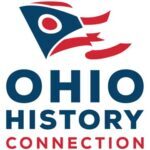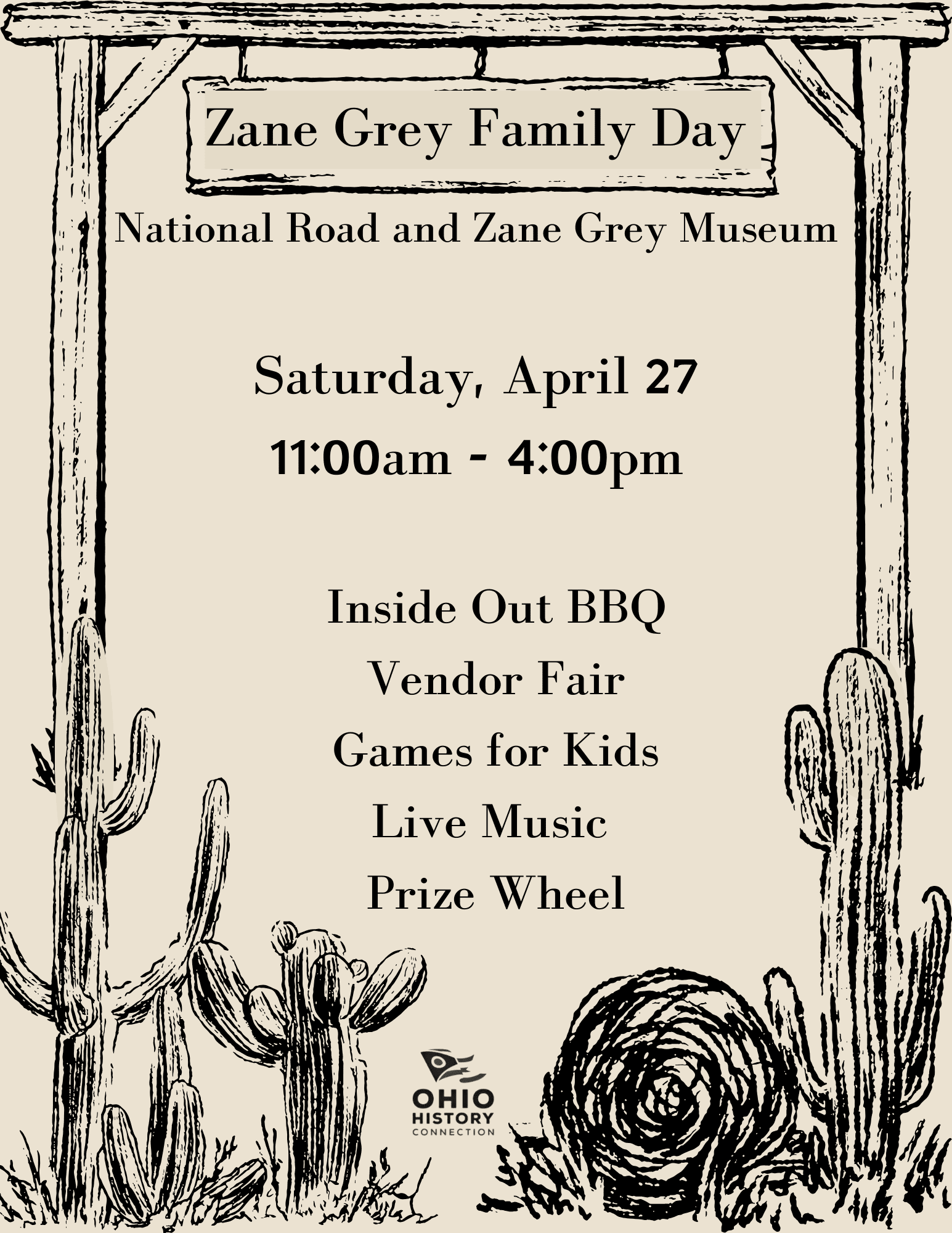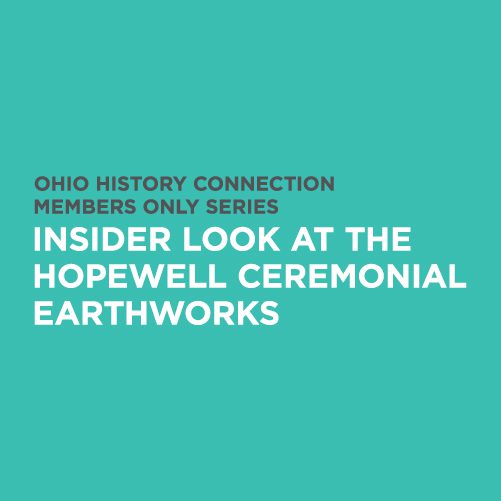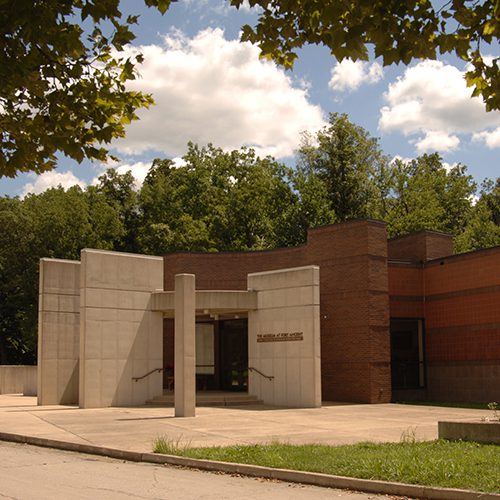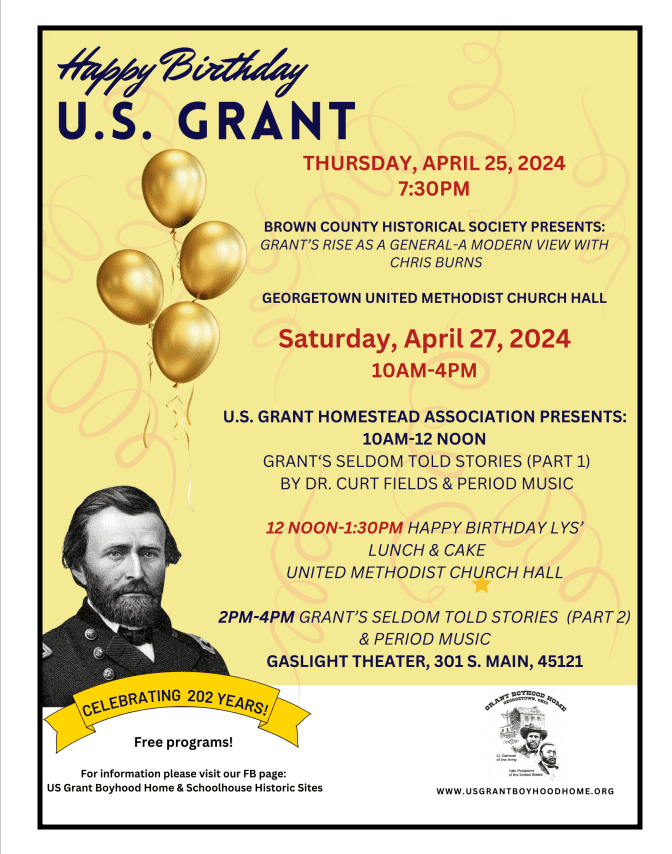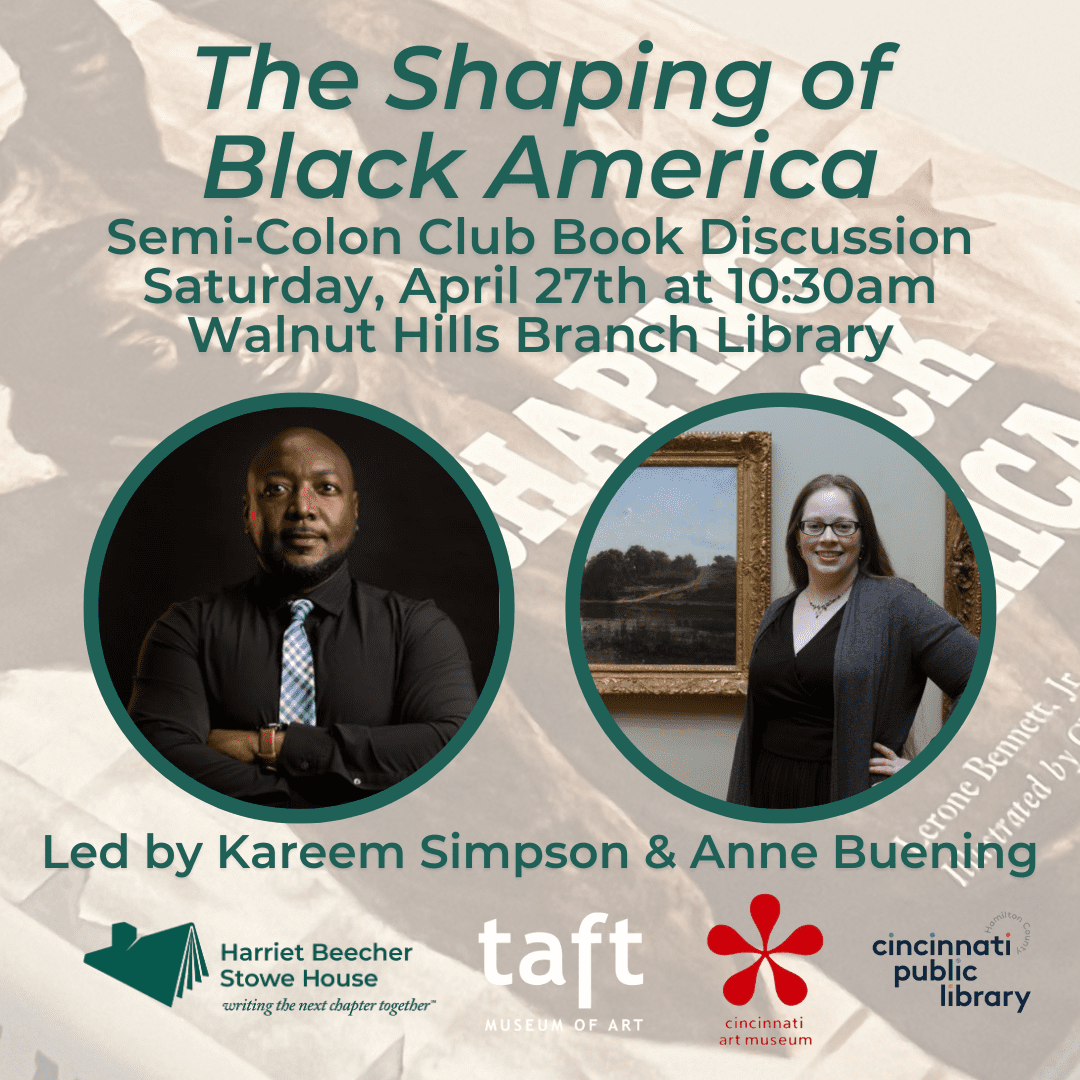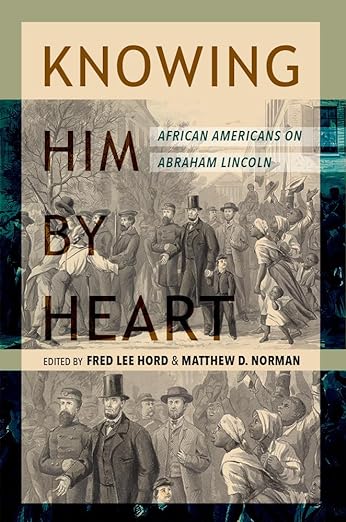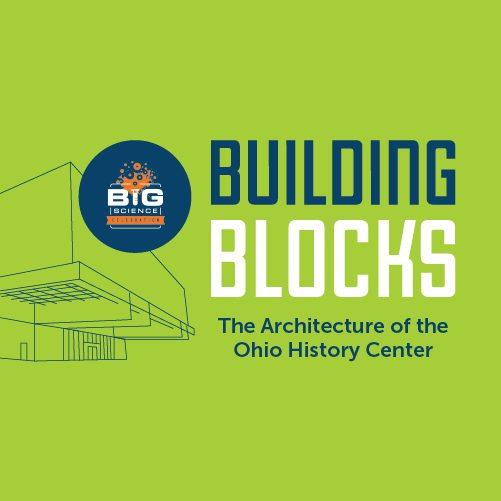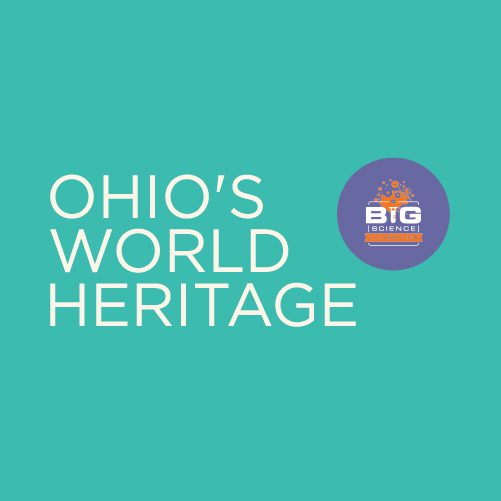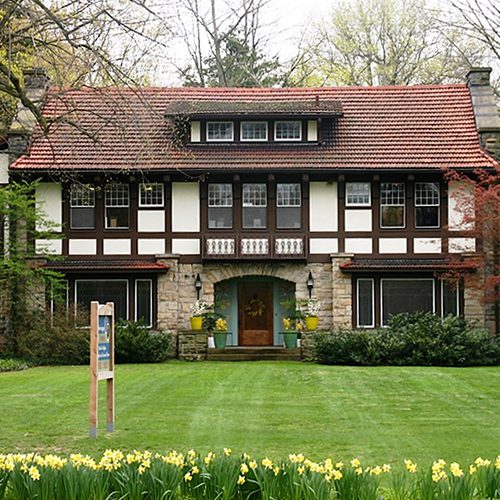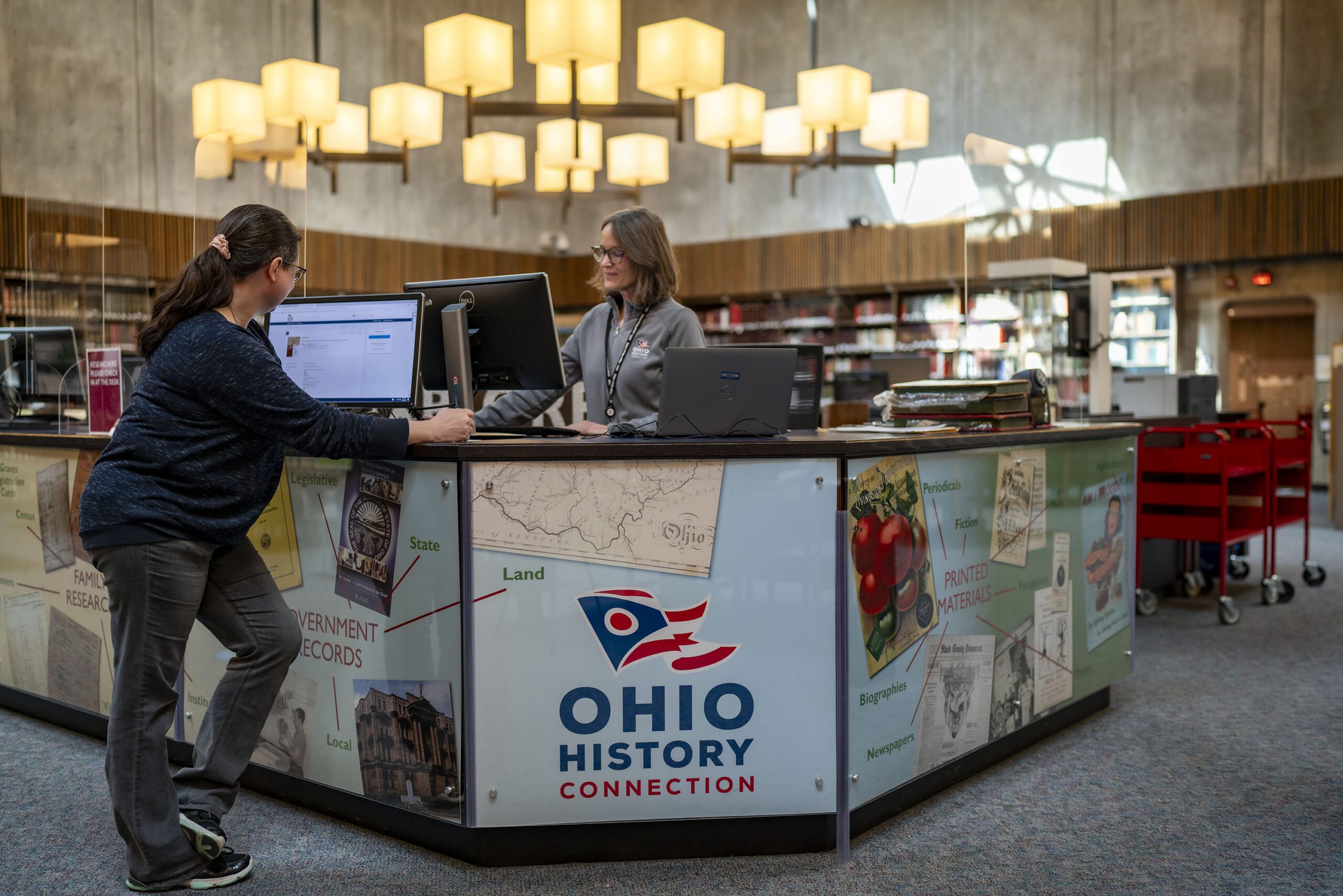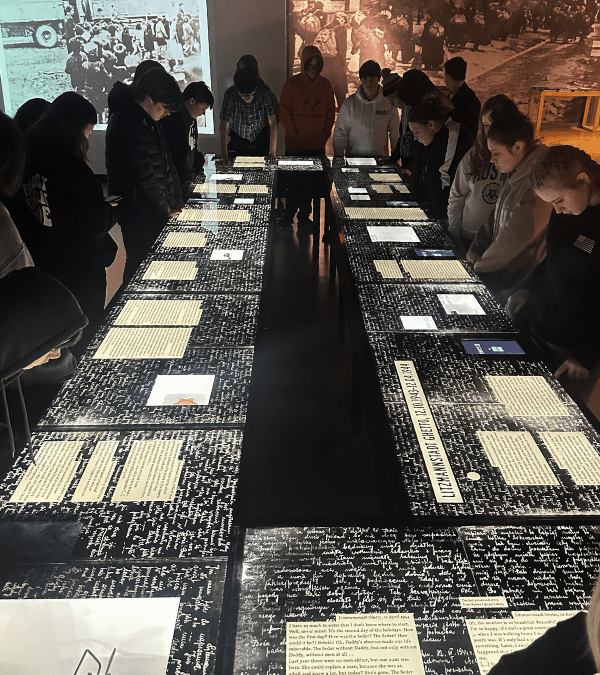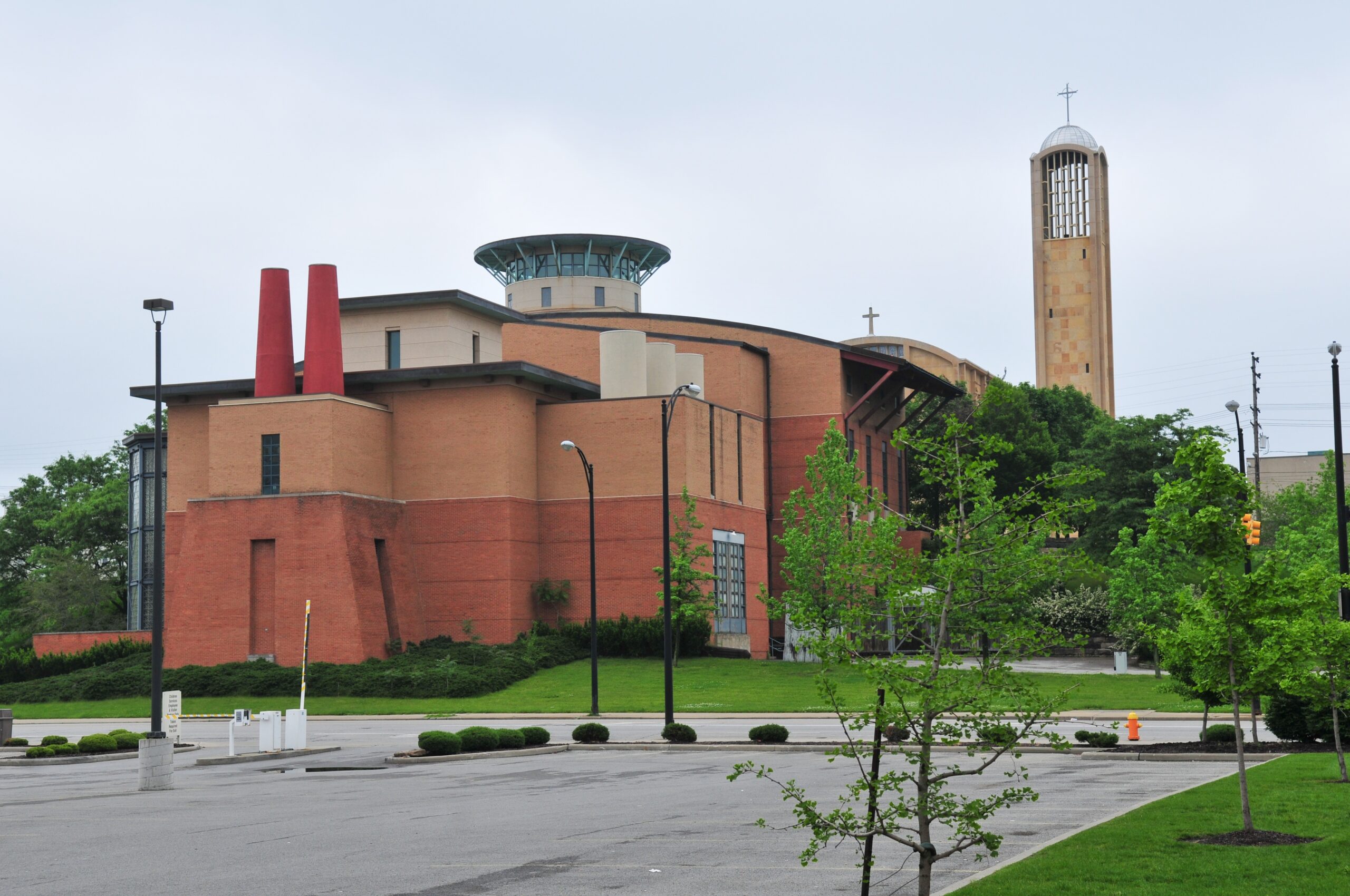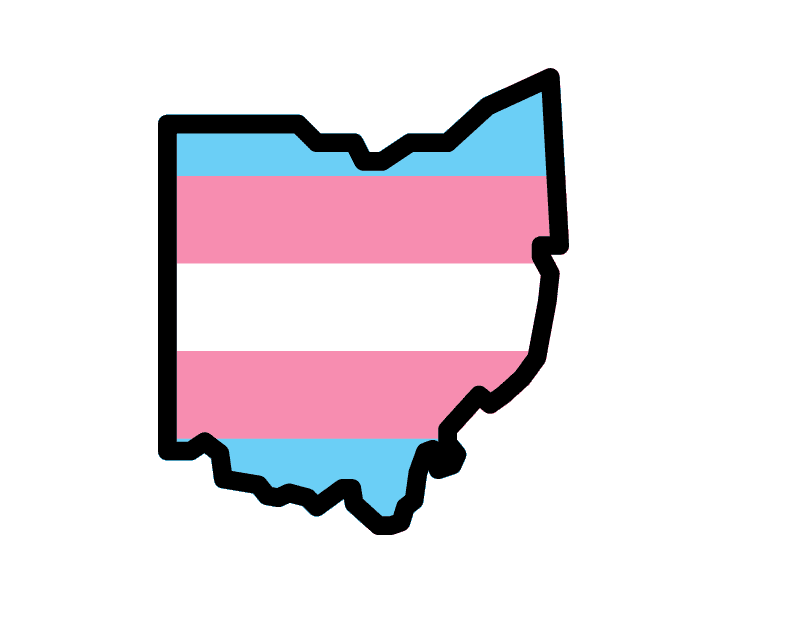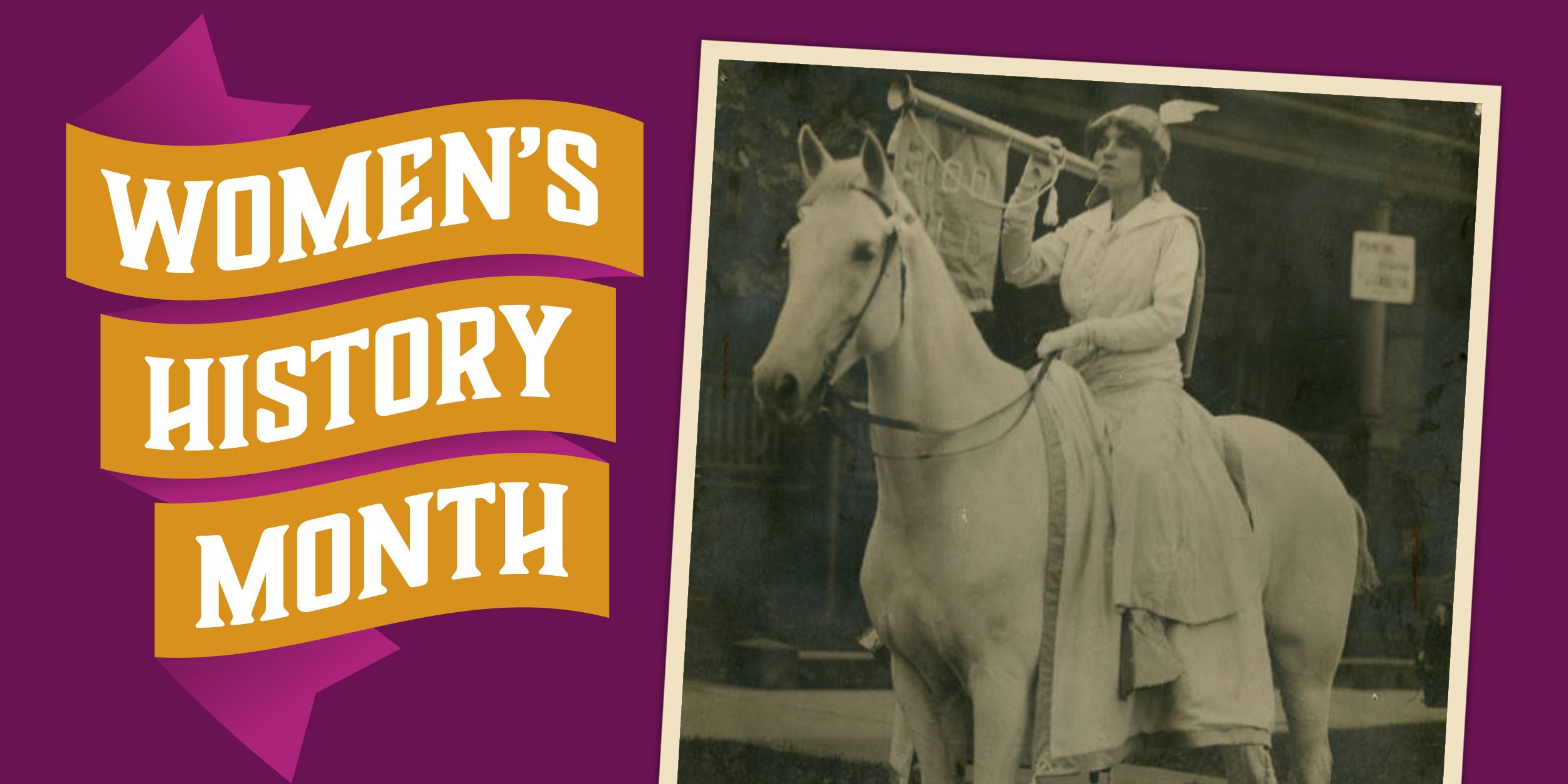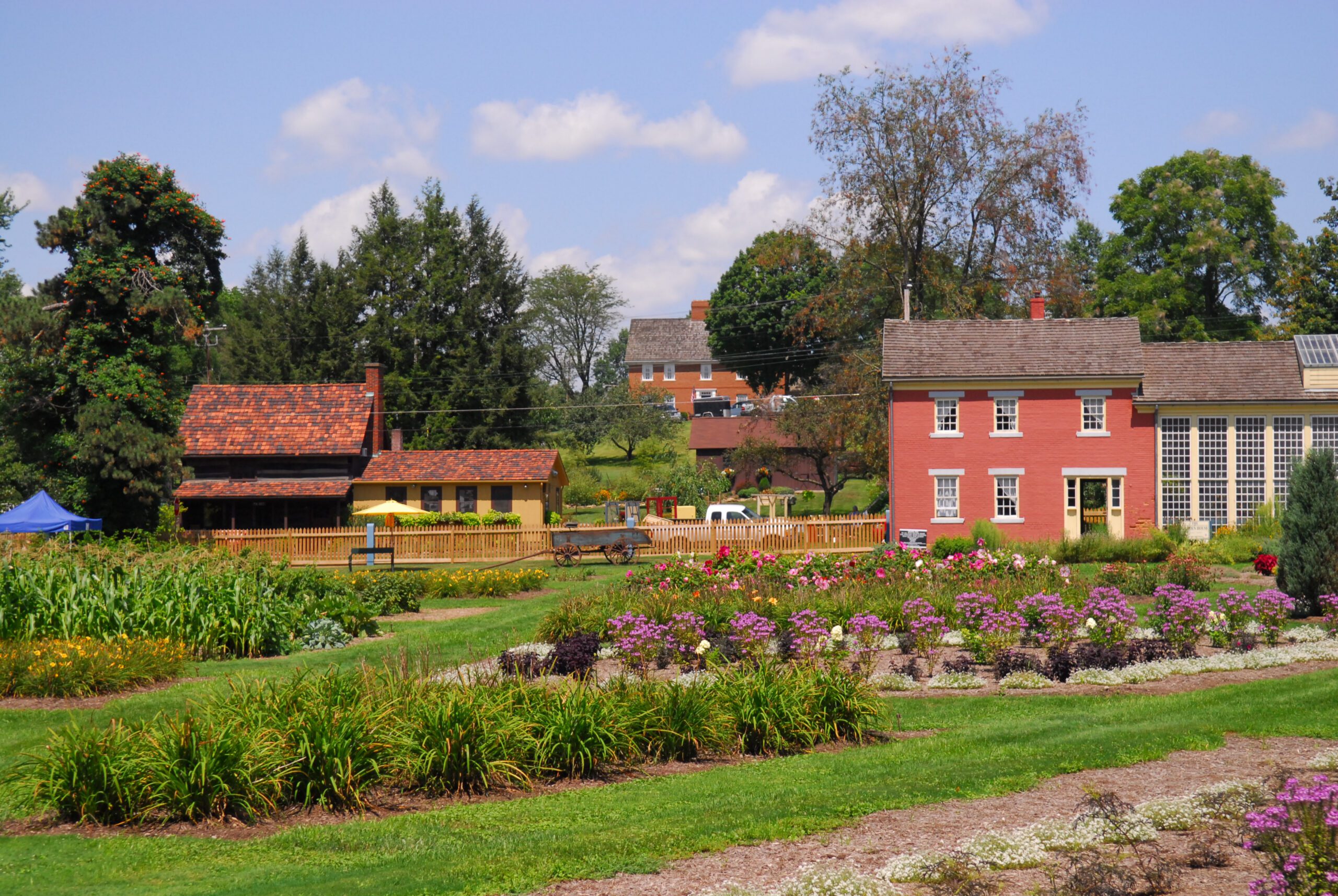Our Story
From our earliest history, we gather and tell stories. It’s through these stories that we connect. We connect to each other. We connect to shared beliefs and values. We connect to generations past as every tale is preserved and retold.
At Ohio History Connection, we don’t just tell the stories, we bring them to life. To your life.
Our Promise
Through preserving and sharing stories, we provide a way for people to connect meaningfully with Ohio's past—the places and people who came before us—through historic sites and museums, preservation, interactive exhibits and events, and dynamic resources and research. This experience develops a deep sense of both individual and community identity connecting us to one another then, now, and forever.
Latest Blog Posts
We offer deeper perspectives across multiple categories, including Natural History, Education & Learning, History, Archaeology, Ohio's Sports and even Event Planning at the Ohio History Center. A sampling of our latest blog posts can be found below.
Sign-Up for our eNewsletter!
"(Required)" indicates required fields
